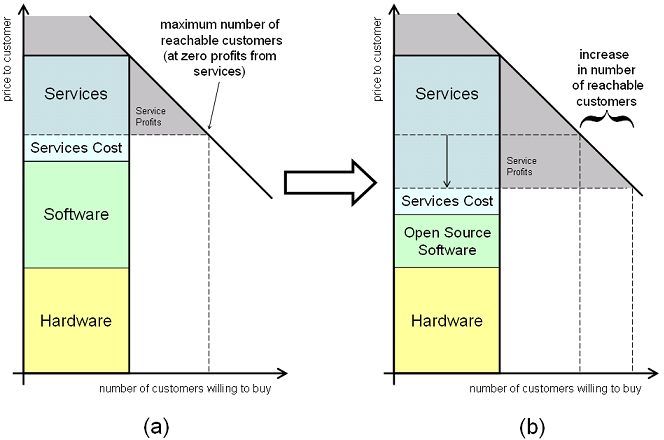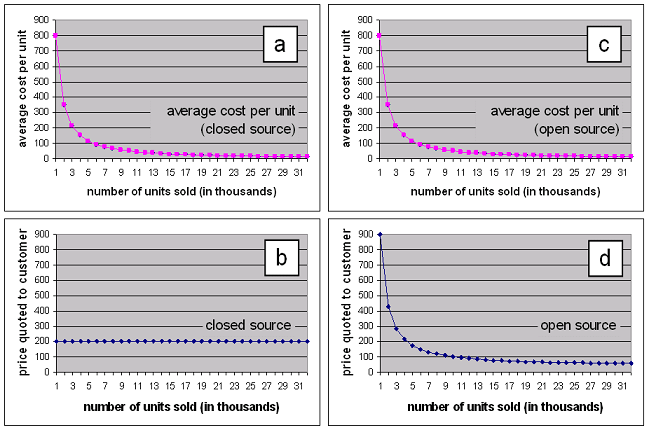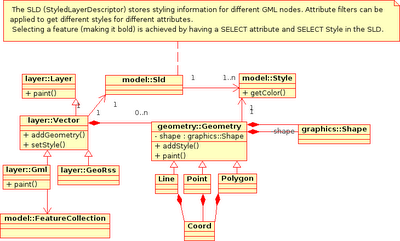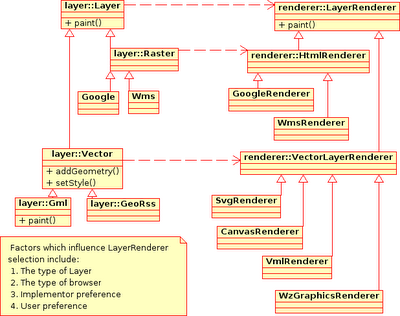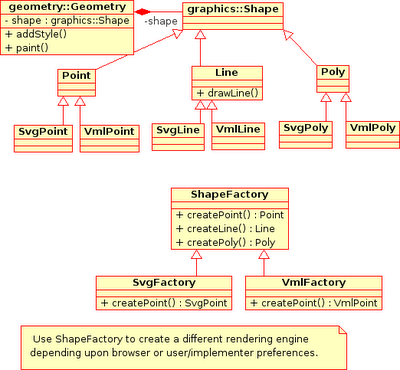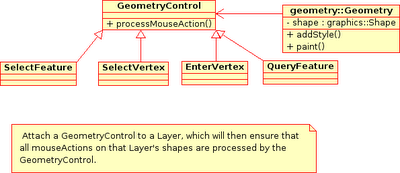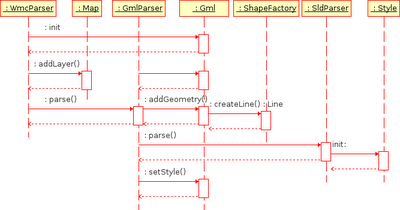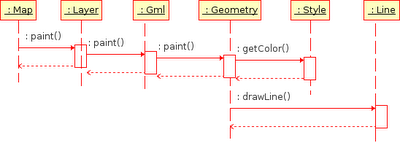We, the Mapbuilder Project Steering Committee, have agreed that the time has come for the Community Mapbuilder project to gracefully retire. We will release a final, stable 1.5 version of the software, and afterwards there are no planned enhancements to Mapbuilder. The web pages and code will be kept alive, a few bugs might be fixed and we will likely continue answering user queries, but we expect Mapbuilder will gradually fade away into history.
Why?
Mapbuilder is a stable, feature rich, standards compliant, fast, webmapping framework with a strong developer community. Why has it come to the end of its life?
The browser based webmapping space has become crowded and other webmapping clients have increased in functionality and attractiveness to users. In particular, Openlayers is simpler to use, has attracted an incredibly strong developer community, has good quality control and development processes, and has developed most of the webmapping functionality previously only offered by Mapbuilder. Basically Openlayers is attracting the majority of the users and developers that previously would have used Mapbuilder. One day someone will write a compelling paper on the history of the two similar projects and analyse the key differences and decision points which led to one project out shining the other.
But we are not crying
Well, maybe we feel a twinge of loss for the Mapbuilder project we started years ago, but in the bigger picture, we see the retiring of Mapbuilder as a good thing. It will allow the greater web mapping community to consolidate and rally around the remaining webmapping tools – in particular, around Openlayers.
There has been significant collaboration between the Mapbuilder and Openlayers communities over the last couple of years. Mapbuilder has incorporated Openlayers as its rendering engine and features have been shared between projects. In many cases, developers from both projects worked on the same codebase (in Openlayers), then ported up to Mapbuilder. This was a deliberate move toward the merging of the two developer communities and most of the Mapbuilder Project Steering Committee have contributed to the Openlayers codebase.
So in essence, by changing our allegiance from Mapbuilder to Openlayers we take with us some of our code, we replace some features with equivalent Openlayers features, we take our community with us, and we gain an existing, robust and welcoming community. We loose a little and gain a lot more.
What should Mapbuilder users do?
Users have a few options. You already own the source code, so you are welcome to continue maintaining and extending the Mapbuilder code for as long as you like. At some point, users will likely want to upgrade, and at that point we suggest considering Openlayers for your application. It now provides the majority of the functionality that was previously only offered by Mapbuilder.
What about Mapbuilder's standing with OSGeo?
Loosing a graduated project might seem like an embarrassment for OSGeo, however, I'd argue it is a strength. It shows two projects growing together under the OSGeo umbrella and eventually merging into a stronger, more focused community.
Even so, it raises a dilemma with regards to what should be done with a retired project. Some key OSGeo criteria like “Community Backing” and “Best of Breed Software” will gradually be lost, so OSGeo should stop recommending Mapbuilder. But, OSGeo shouldn’t erase Mapbuilder's history with OSGeo as Mapbuilder has documented valuable lessons learned during the graduation process.
We suggest OSGeo create a new “retired” project category.
Thanks
We, the Project Steering Committee, have derived a huge amount of pleasure building Mapbuilder and working with the Mapbuilder Community. For many of us, Mapbuilder has been a launching pad into a full-filling Open Source and/or Geospatial careers. We'd like to thank all the users, developers and supporters of Mapbuilder we have met along the way.
The Mapbuilder Project Steering Committee, (in order of appearance):
Cameron Shorter
Mike Adair
Patrice Cappelaere
Steven M. Ottens
Matt Diez
Olivier Terral
Andreas Hocevar
Gertjan van Oosten
Linda Derezinski


